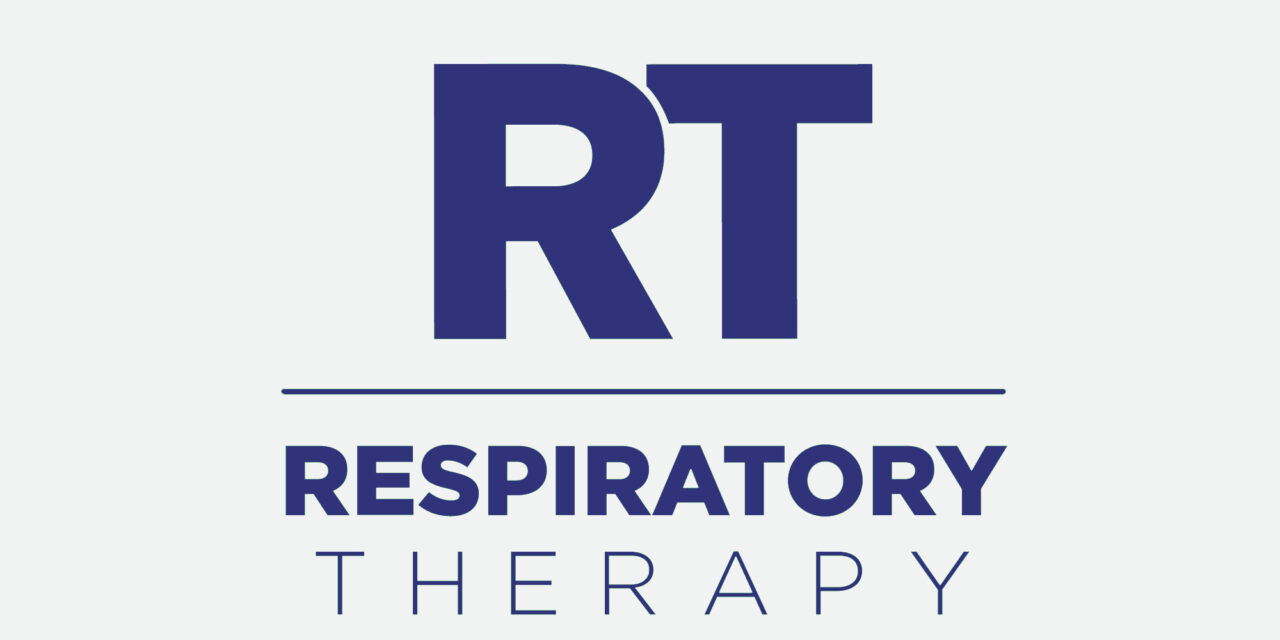Our cover story this month is about ventilators and ARDS (acute respiratory distress syndrome). I needed to educate myself about ARDS, and that is how I learned of the ARDS Network (ARDSNet), a clinical network that carries out multi-center clinical trials of novel therapeutic agents for ARDS. Some background on ARDS and the toll it takes on ARDS patients’ health underscores the importance of this network.

This often-fatal inflammatory disease of the lung is characterized by the sudden onset of pulmonary edema and respiratory failure, and is usually found in conjunction with other medical conditions such as pneumonia or multiple traumatic injury. It affects approximately 150,000 people in the United States per year and has a 50% mortality rate.1
Treatment studies in patients with ARDS are difficult to perform. The complicated clinical picture makes it difficult to accumulate a large number of comparable patients in any one center, there is no agreement on the best supportive care of these critically ill patients, and many of the patients meeting study criteria are too acutely ill to participate in trials.1 For these reasons, therapeutic trials on ARDS require multicenter cooperation. It was for this reason that the National Heart, Lung, and Blood Institute established ARDSNet. The network is a consortium of 19 clinical centers (44 hospitals) and a coordinating center, each of which has a principal investigator who is a member of the steering committee.2 Gordon R. Bernard, MD, steering committee chair, explained that appropriate trial proposals are sent to the steering committee, which meets monthly by teleconference and two to three times a year face-to-face to review and develop proposed clinical trials.
ARDSNet has been responsible for several groundbreaking clinical trials; among them a randomized trial of ketoconazole in the treatment of patients with acute lung injury (KARMA), a trial investigating the effectiveness of lisofylline (LARMA), a trial comparing the effect of corticosteroids with placebo in the management of late-phase ARDS (LaSRS), a ventilator trial (ALVEOLI) that compared lower versus higher positive end-expiratory pressure (PEEP), and a trial examining lower tidal volume ventilation versus higher tidal volume.1 Currently, the network is conducting a clinical trial examining two different strategies for managing intravenous fluids and fluid balance in patients with acute lung injury. In this same trial, researchers are also investigating whether a pulmonary artery catheter is superior to a smaller, less invasive central venous catheter in the management of patients with ARDS.1,2
ARDSNet trials are unique, according to Bernard. “The ARDSNet focuses on addressing important everyday clinical issues that are unlikely to be addressed in single-center, investigator-initiated trials or by the industry,” he said. “We hope and believe that our studies have been able to provide the kind of information that will make a significant contribution to the bedside care of every patient with ARDS.”
They have. According to ARDSNet, the lower tidal volume strategy has become the new standard of practice in many ARDS Network centers, and, if the results are applied to the care of patients across the country, tens of thousands of deaths could be prevented.2
RT
Marian Benjamin is the former editor of RT. For more information, contact [email protected].
References
1. Acute Respiratory Distress Syndrome Clinical Network (ARDSNet). Available at: www.clinicaltrials.gov/ct/show/NCT00000579. Accessed December 30, 2004.
2. Frequently asked questions (FAQ). Available at: http://www.ardsnet.org. Accessed December 30, 2004.









